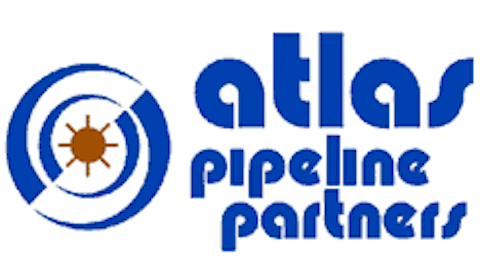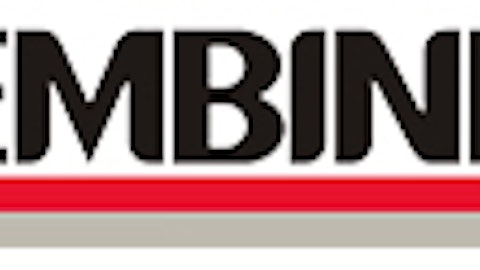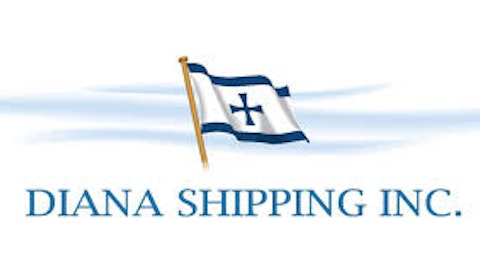Hurdles remain
But despite these optimistic projections, transportation remains a major issue for Alberta’s oil sands producers. Due largely to limited outbound pipeline capacity, oil sands crude trades at a massive discount to other North American crudes, with Western Canada Select (WCS) having reached a record $42.50 a barrel discount to the primary American crude oil benchmark, West Texas Intermediate (WTI), at the end of 2012.
This has taken a toll on many oil sands producers’ profits. For instance, Suncor Energy Inc. (USA) (NYSE:SU) , the biggest Canadian oil sands producer by output, reported fourth-quarter operating earnings that were nearly a third less than the company’s earnings in the year-earlier quarter due largely to lower average price realizations for oil sands crude. While the price of WCS has risen sharply in recent weeks, oil sands producers are still forecasting a bleaker year ahead.
For instance, Cenovus Energy Inc (USA) (NYSE:CVE) lowered its guidance for cash flow this year from CA$3.7 billion to CA$3.1 billion due to depressed WCS prices. To mitigate the impact of depressed WCS pricing, many oil sands producers are aggressively cutting costs.
Talisman Energy Inc. (USA) (NYSE:TAL), Canada’s sixth largest independent oil producer, slashed its capital budget forecast for the year by 25%, from an expected $4 billion last year to $3 billion. And Canadian Natural Resource Ltd (USA) (NYSE:CNQ) has said it expects to cut spending on thermal-sands production, a process that uses heat to separate bitumen from sand underground.
Is Keystone XL the solution?
Going forward, one of the best ways to bring oil sands crude prices closer in line with prices for other North American grades of crude oil would be to improve outbound pipeline capacity from the region. Constructing the northern portion of the Keystone XL pipeline seems the most obvious solution.
The proposed pipeline, operated by TransCanada Corporation (USA) (NYSE:TRP) , would deliver as much as 830,000 barrels of crude oil a day from Hardisty, Alberta, to Steele City, Nebraska. Though its proposed construction has faced significant opposition from environmental groups, a recent state department study validated its potential economic benefits and downplayed its environmental risks.
Whether or not Keystone XL is approved by the U.S. State Department, improvements in pipeline infrastructure will be a defining trend in North America’s energy landscape over the next several years — one that astute investors would be wise to follow. Enterprise Products Partners, the nation’s largest publicly traded energy partnership, is at the forefront of this trend and is investing heavily in pipeline infrastructure that will serve the nation’s energy companies for decades into the future. To help investors decide whether Enterprise Products Partners is a buy or a sell today, click here now to check out The Motley Fool’s brand-new premium research report on the company.
The article Where to Invest to Play the Keystone XL originally appeared on Fool.com and is written by Arjun Sreekumar.
Fool contributor Arjun Sreekumar has no position in any stocks mentioned. The Motley Fool has no position in any of the stocks mentioned. Try any of our Foolish newsletter services free for 30 days. We Fools may not all hold the same opinions, but we all believe that considering a diverse range of insights makes us better investors. The Motley Fool has a disclosure policy.
Copyright © 1995 – 2013 The Motley Fool, LLC. All rights reserved. The Motley Fool has a disclosure policy.




